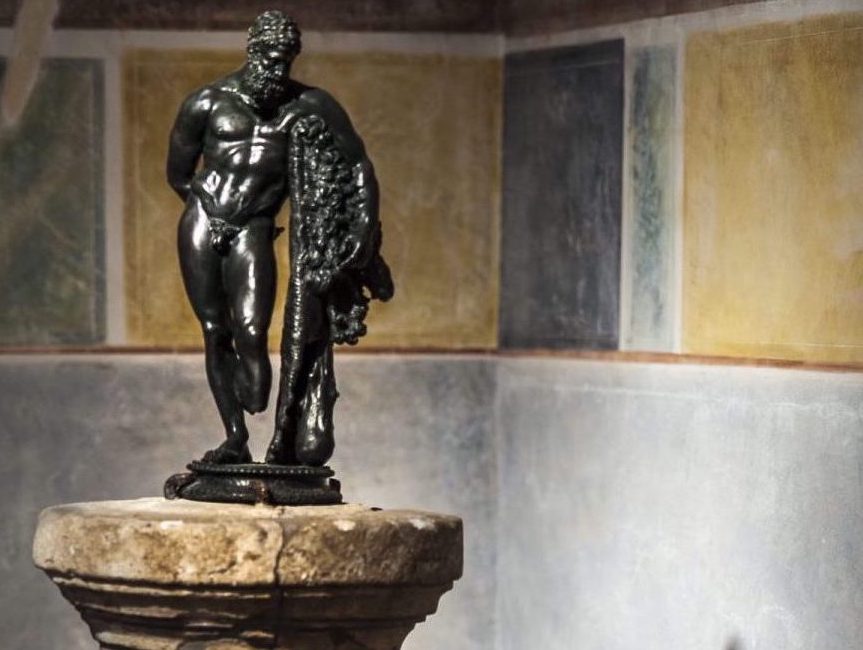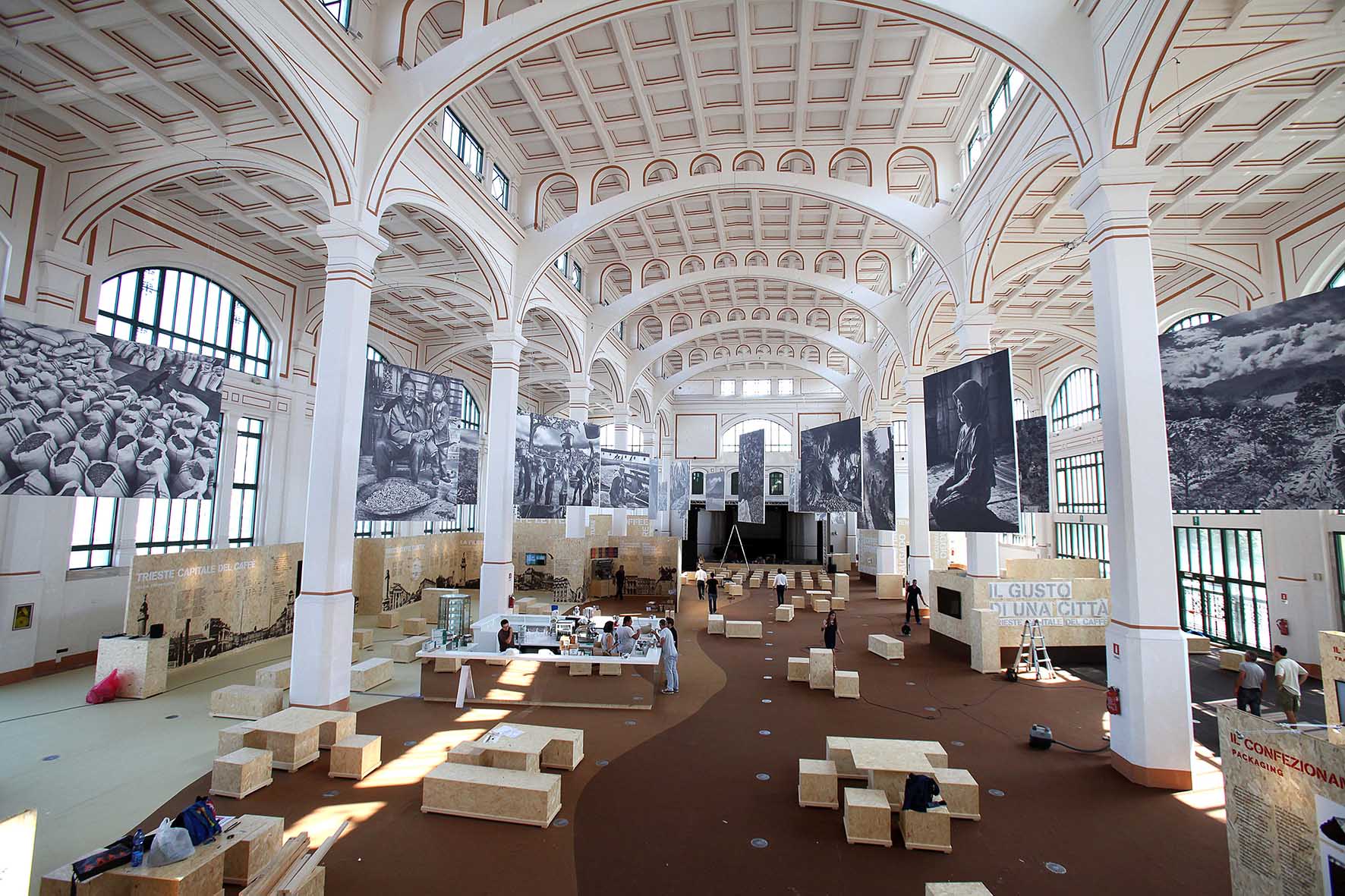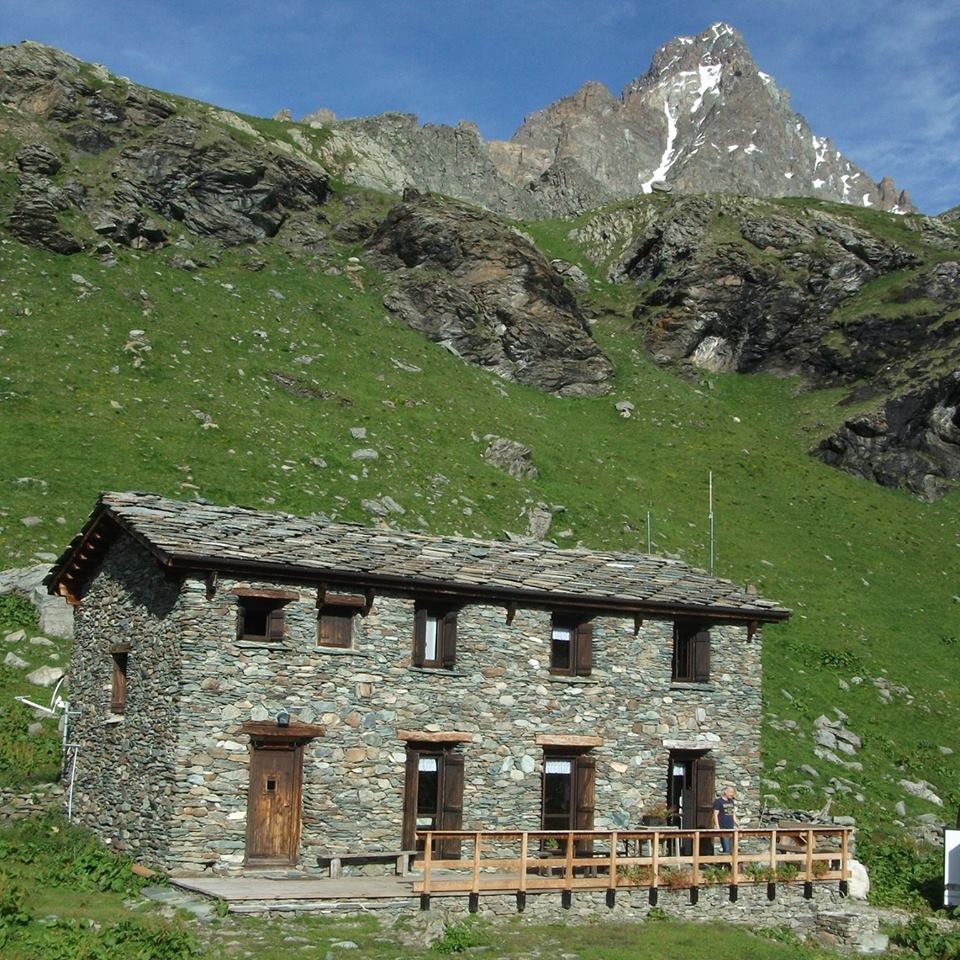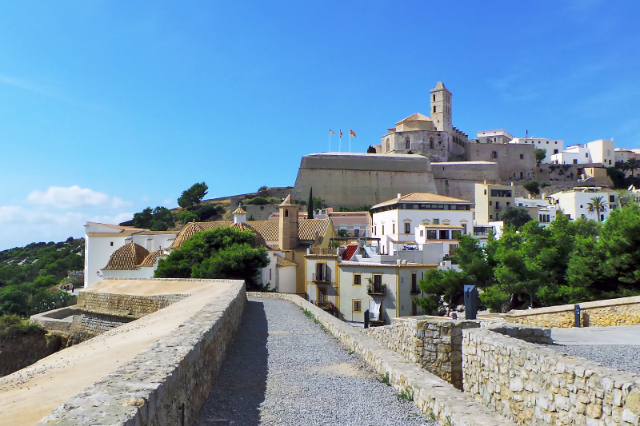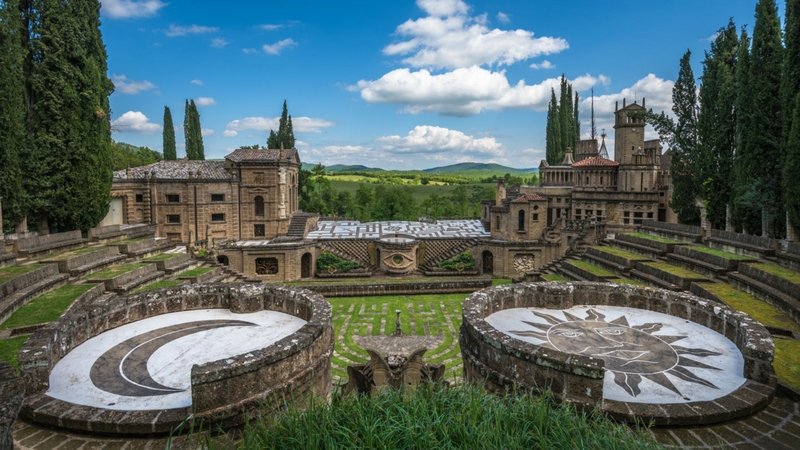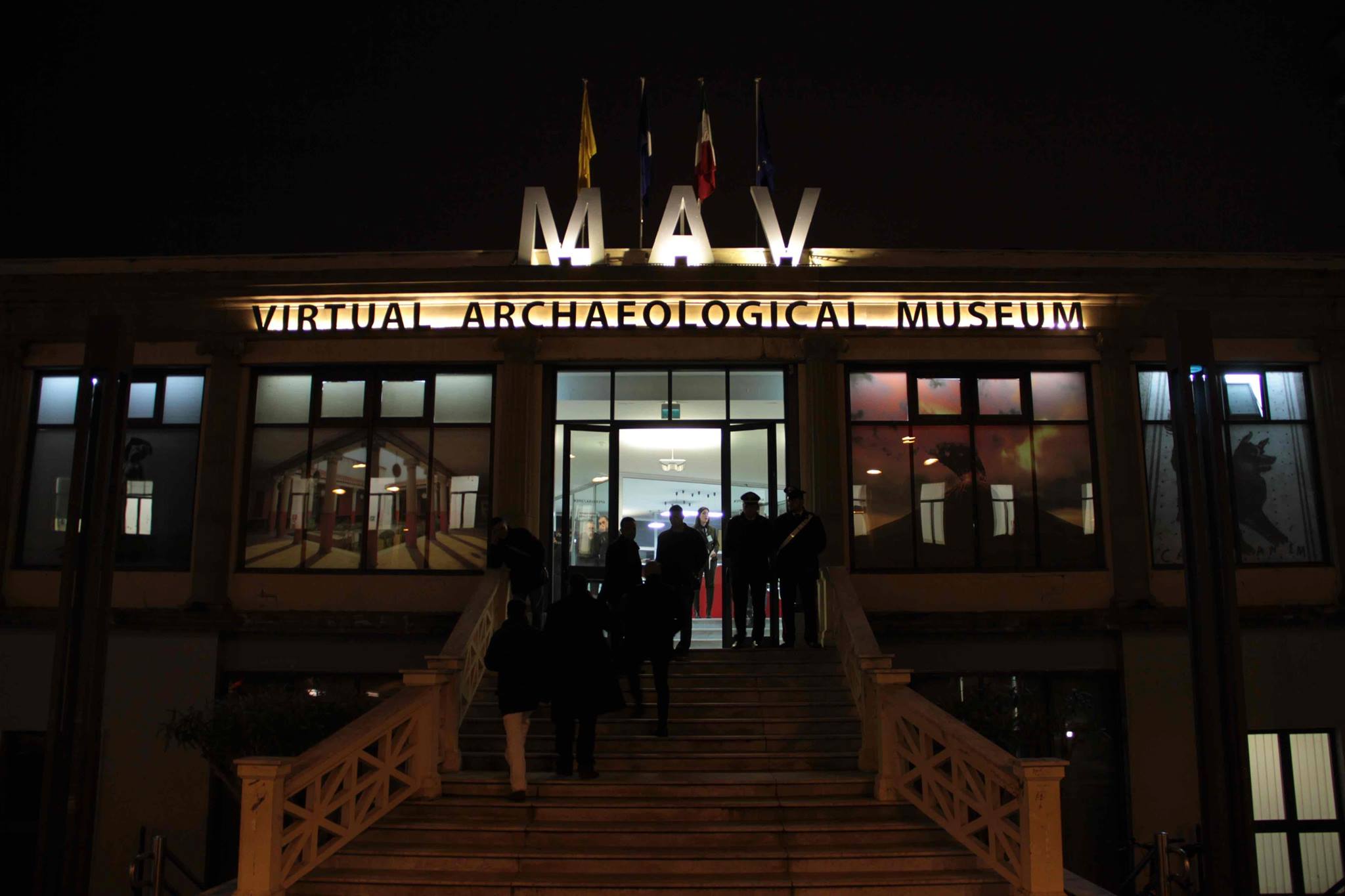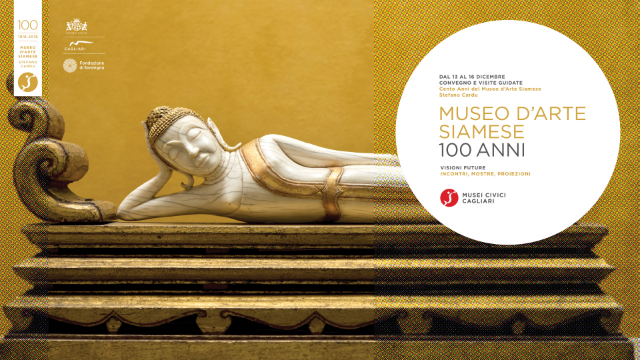One of the most sensational finds from the sanctuary of Hercules Curino in Sulmona is represented by the small bronze statue of Heracles, found in the excavations of the small temple on the upper terrace together with the marble statue, equally small, of Hercules Cubans. The hero with the muscular body of an athlete is represented at a mature age, standing, with a thick, shaggy beard, leaning on the club from which the lion hangs, the left arm abandoned, while the right one is bent behind his back to support the lost Hesperides’ knobs, probably in gold. The head could have been encircled by a crown of silver fronds, also lost. Further colour effects were achieved by the rendering of the eyes with enamel and also thanks to the same lost wax casting technique, in which the copper content was higher in the areas destined to take on a different colour (lips, nipples).
The extraordinary testimony offered by the small bronze statue consists in faithfully reproducing, in its small dimensions (39 cm high), a work by Lisippo (4th century B.C.), known from three iconographic types and numerous replicas. Among these, the Heracles of Sulmona can be considered among those of the highest quality, "an author’s replica" which could also date back to the 3rd century BC.
The circular base, in a different bronze alloy, bears the inscription in silver agemina: M(arcus) Attius Peticius Marsus v(otum) s(olvit) l(ibens) m(erito). The dedication, dated to the first years of the first century A.D., documents the gift to Heracles by a personage belonging to the gens Peticia, known from the Augustan age for commercial traffic in the Mediterranean and attested by inscriptions in the peligna area from the first century B.C. until the fourth century A.D. The small bronze dedicated by Peticio Marso is therefore a gift all the more precious as an "antique".
Resting Hercules is exhibited at the National Archaeological Museum Villa Frigerj in Chieti.
